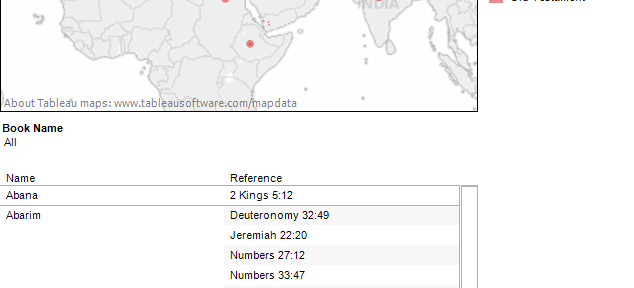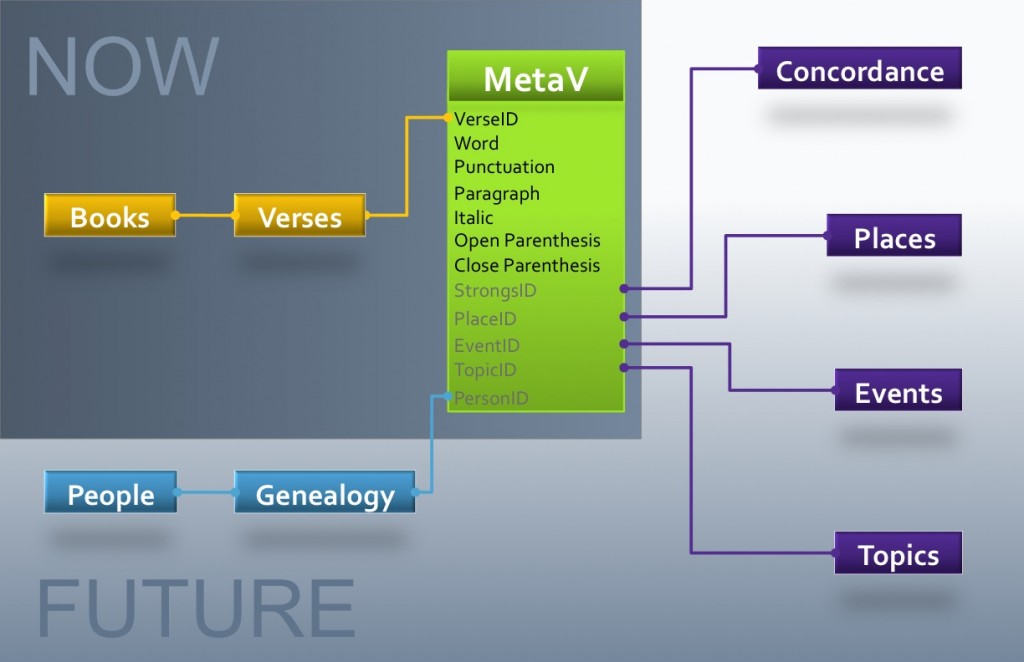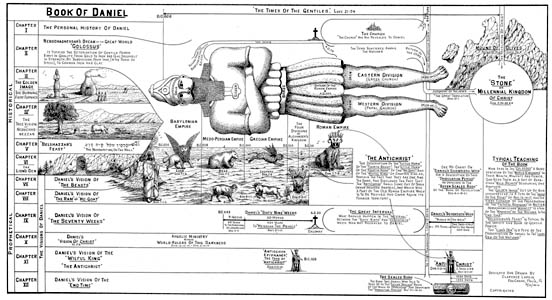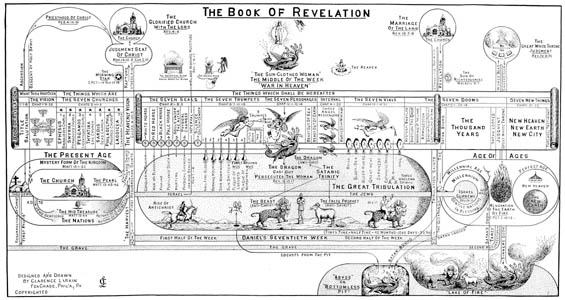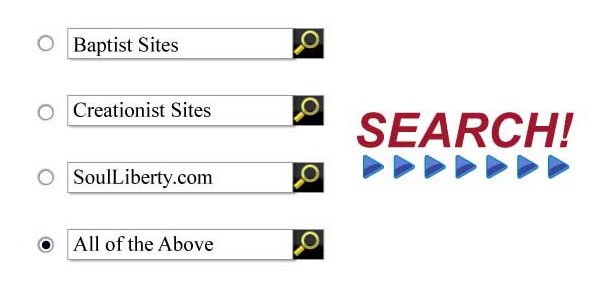Christian denominations generally differentiate themselves according to their varying ways of interpreting the Bible. Now we are faced with a very different argument over whether the words themselves belong as part of the canon of scripture. Translation committees toil over which words may have been in the “originals” and which they believe were added later. Today’s theological conservative would proclaim that the Bible is the inspired, inerrant word of God, but we must face the question of which “Bible” actually meets this qualification. Is it only the originals that qualify, or does this perfect Bible still exist today?
The typical statement defining inerrancy proclaims that God inspired the writers of the original documents and that these manuscripts are infallible – perfect in every way. But the defense usually stops there. Few today will stand up for any translation or copy. What we must remember is that skeptics are attacking the validity of the Bible we read and study today, not writings in a forgotten language penned centuries ago. It is the one we have, not the one we had that must be preached as if it were spoken directly from our Creator. We can do so while standing on God’s promise in Psalm 12:7: “Thou shalt keep them, O LORD, thou shalt preserve them from this generation for ever.” (emphasis mine)
What use is it for Christians to trust in a manuscript that perished not long after the writers themselves? No one can visit a museum and gaze upon these original documents to study them, learn from them, teach from them. The only thing we have are copies, translations, and indeed revisions of the words God first spoke through holy men in days past. In effect, by holding only to inerrancy in the originals and not to any available translation or copy, Christians unwittingly bend to the skeptic’s claim that no Bible currently exists that is totally error-free.
This would seem to be a minor point to those who believe there are no major differences among most popular English Bible versions or that newer translations have remained true to the first editions. Naturally, if each translation is simply a more readable or understandable presentation of the very same words, then we may be straining at gnats. Let me assure you that aside from the doctrine of inerrancy, there are several other teachings which are affected by divergent wording of modern Bibles.
Before there were such disagreements over the content of the originals, the English-Speaking world knew only one Bible: the Authorized Version of 1611 (AV 1611), also called the King James Version (KJV). Sure, there were other English versions available, but none came anywhere close to the wide distribution of the KJV and all used the same trusted manuscripts to derive their work. It was only later with the advent of of textual criticism that these sources began to fall into disfavor by scholars. They now prefer to use older, fragmented, incomplete manuscripts to “correct” the Textus Receptus (TR) used by Christian translators during the Reformation period. As this article shows, manuscripts not associated with the TR are extremely untrustworthy. Each new translation which deviates from the TR based on wording in these older copies can more correctly be called a revisionof God’s pure, holy words. The result is a watering-down or confusion of doctrines such as believer’s baptism, the Holy Trinity, and aspects of spiritual warfare.
Acts 8:37 is the clearest scriptural passage teaching that baptism is for those who believe the Gospel, not for those who have never heard it, such as infants. Philip preached about Jesus by explaining prophecies from Isaiah to a eunuch. The eunuch then asks “what doth hinder me to be baptized?” Most Bible versions then skip to his baptism. The King James Bible answers his question: “And Philip said, If thou believest with all thine heart, thou mayest. And he answered and said, I believe that Jesus Christ is the Son of God.” Philip said if you believe Jesus is the Son of God, you may be baptized. Logically this also means that without this profession, Phillip would not have baptized him. If your Bible skips from Acts 8:36 straight to Acts 8:38, you would come away with this question unanswered. You may find yourself confused.
Without a KJV, you would also miss this definitive statement on the trinity: “For there are three that bear record in heaven, the Father, the Word, and the Holy Ghost: and these three are one.” You could find other evidence of the triune Godhead, but none have the clarity of 1 John 5:7. This stands in wonderful parallel with the next verse explaining the witnesses of God in the earth.
If you are seeking to learn about casting out demons, where would you go in the Bible? Naturally, there are many passages which would encourage you to pray. In most cases this is the best anyone can do. Yet in some cases it would require not only prayer but fasting as well. In Matthew 17 we see the story of a child who was “lunatick.” The disciples, who already had some experience casting out demons, were unsuccessful in doing so with this boy. Jesus gives two reasons: their unbelief (Matt 17:20) and because this kind of demon must be cast out through prayer and fasting (Matt 17:21). Yet the latter explanation is relegated to the footnotes or else vanquished altogether from today’s bible revisions.
While all these omissions (plus many more listed here and here) do not constitute a complete removal of the doctrines I’ve discussed, they do reduce the clarity that children of God so desperately seek. It should be no surprise when we discover to increasing degrees the lack of conviction among our leaders. Let us stand with boldness on the living, powerful, sharp-edged words given by God Almighty. The Bible is alive today in the most commonly spoken language of our time. It is the King James Bible. Open it up and let it come alive in your heart as it has for me.
